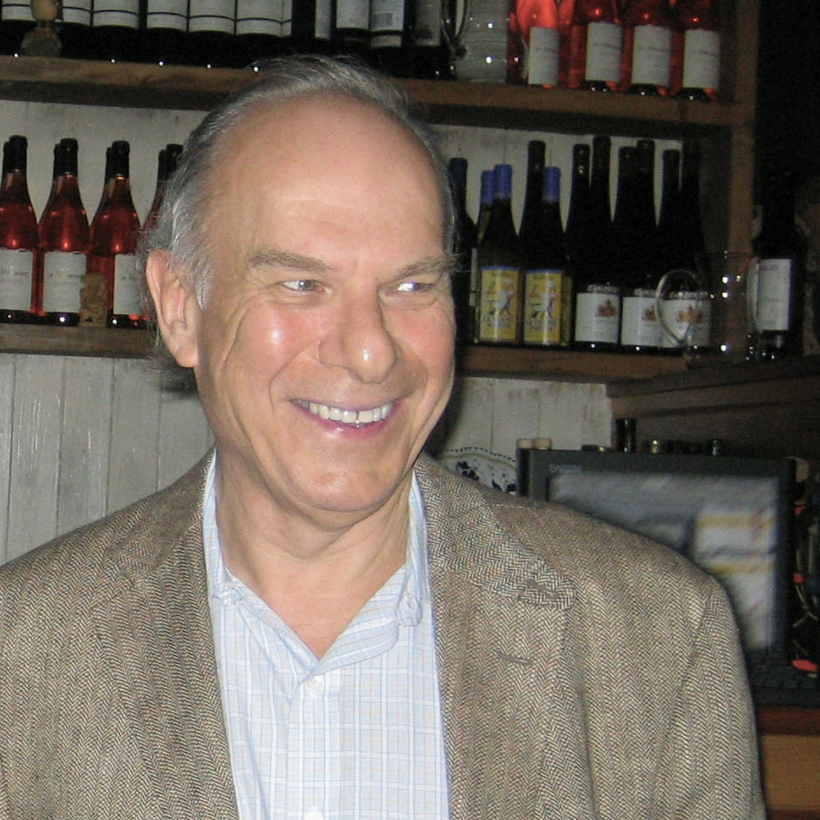It may not sound like much, but those lucky enough to have had such figures in their lives will know exactly what I mean: John Heilpern was one of the few people in my childhood who treated me like an adult. He stooped, literally and figuratively, taking me to movies, making dates to play chess. (John could have thrashed me; he let me win. He certainly ought to have thrashed me when I crowed about winning.)
John once made the mistake of bringing my brother Ash and me to Beauty and the Beast—the animated one. He was reviewing it for The New York Observer and wanted our “expert” opinion. We rewarded John’s trust—and the small fortune he had spent on dinner and candy—with the verdict that the beast’s nose, on regaining his human form, was “too long.” Sixty years before, Ash and I would have been the screen-test geniuses concluding that Fred Astaire was slightly bald. He simply laughed—and could have done worse.
Straight from Oxford, John was one of the stars of the London Observer under editor David Astor, profiling the great and the good. (With no one else might John Gielgud and Ralph Richardson be worked into conversation to charming—and unpretentious—effect.) He wrote the classic account of Peter Brook, the avant-garde British theater director, in Africa, Conference of the Birds. (John is sixth from the left in the troupe’s photograph on the Faber dust jacket.) He also produced the definitive biography of the original Angry Young Man, John Osborne (2006); along with many splendid reviews, partially collected in How Good Is David Mamet, Anyway?
Straight from Oxford, John was one of the stars of the London Observer under editor David Astor, profiling the great and the good.
Whether as author, reader, or friend, John always took the utmost care. One can open any of his books, profiles, or reviews at random and, without the remotest familiarity with his subject, be struck by the unmistakable craft—the keenness, irreverent humor, and learning worn lightly. He had the journalist’s eye—he regarded his journalistic career with fondness and pride—yet not its corollary, haste. His “Out to Lunch” columns for Vanity Fair were models of the genre. I can practically recite John’s review in The Wall Street Journal of the first installment of Mark Lewisohn’s doorstop Beatles biography by heart. He must, incidentally, have been among the very last reviewers—if not the only one—to make edits over the phone.
His true loves were his daughter, Rachel, to whom all his books are dedicated, and his wife, Sydney, who shared dedication on Mamet and Osborne. Still, John was gentlemanly about his previous marriages, to costume designer Ruth Myers and journalist Joan Juliet Buck—with whom he is said to have had one of the all-time great exchanges. Buck: “You know the trouble with us is that I came to New York to become a success and you came to New York to be a failure!” John: “And isn’t it too bad neither of us got what we wanted?”
Our last dinner together was preceded by Donizetti’s La Fille du Régiment at the Metropolitan Opera. John was being treated for cancer and seemed rather subdued. After the famous aria, the ovation was deafening, endless, and, finally, embarrassing. It carried on for at least 5 minutes, and felt like 20. As the deranged applause at last died down, and the prospect of eating neared, the most gorgeous, sarcastic cry rang out beside me: “More … ! More … !”
To be with John was, truly, to long for more.
John Heilpern, writer, journalist, and theater critic, was born on April 3, 1942. He died on January 7, 2021, aged 78
Max Carter is the head of the Impressionist and Modern Art department at Christie’s New York


